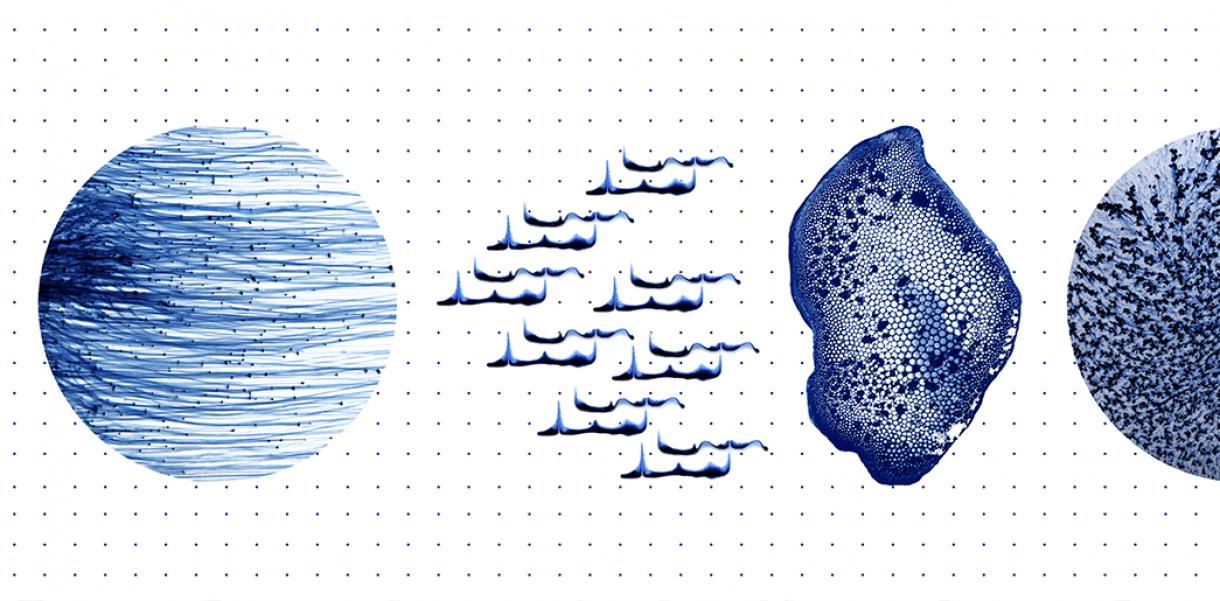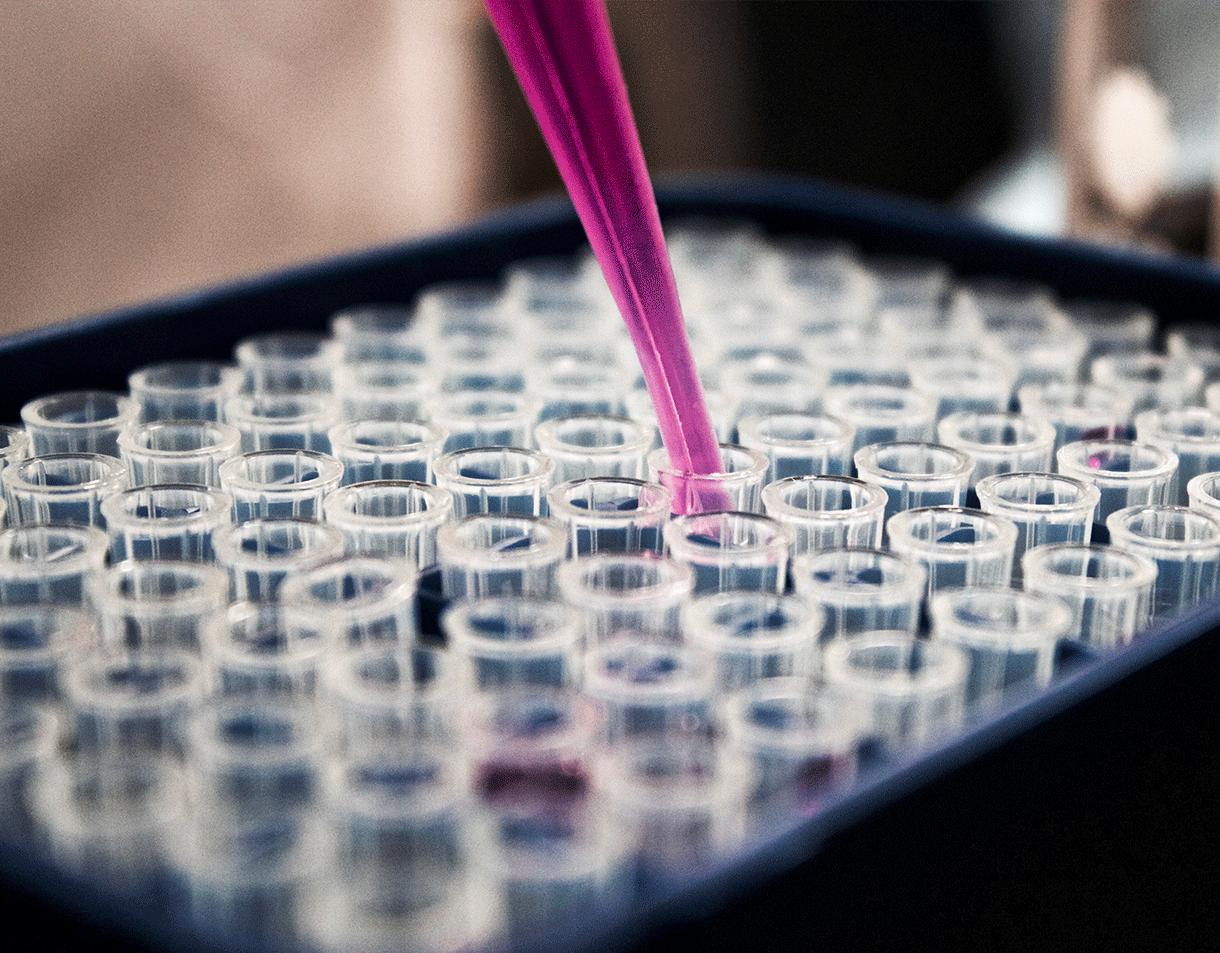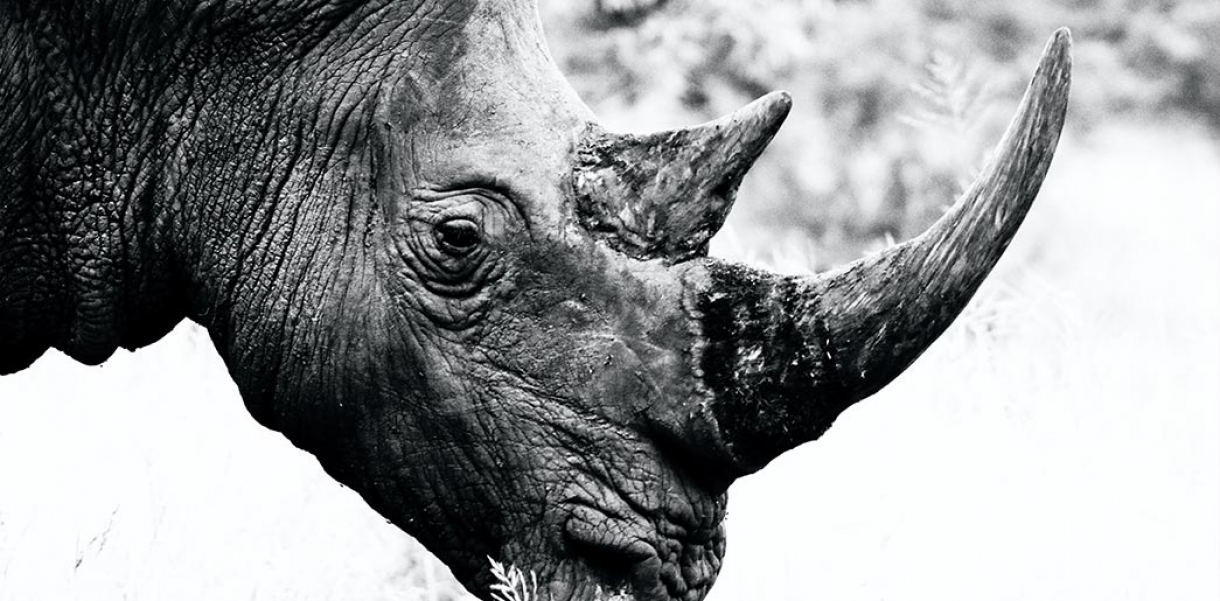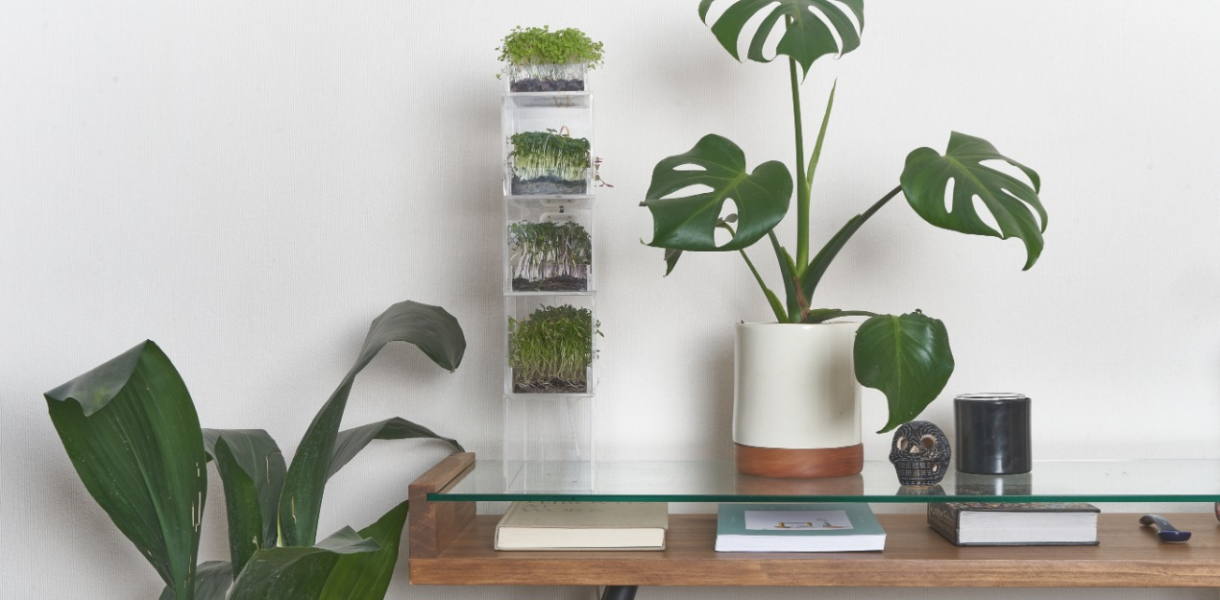Ever since humans have been designing, we've mimicked those who do best. And who's the master of design? Nature, of course. To date, we've designed buildings like termite mounds, bullet trains like kingfishers and even used shark skin as inspiration for how to keep our hospitals cleaner. But today, this genre has slowly grown into a partnership – now we're not only replicating nature but using it as a valuable co-creator.
The fashion industry, specifically, textile dyeing is one of the most polluting commercial processes. Not to mention, a huge consumer of water. That's why French company PILI is creating clean colours using bacteria. Their dyes are created by fermenting sugar and other nutrients to create colour-producing enzymes – a similar 'brewing' process to producing insulin and even beer. PILI's sustainable pigments can be used in a wide range of industrial applications. And, what's more, their production method can be easily scaled with low costs and high accuracy.
Wildlife poaching is a global problem that needs to stop. But, sadly, many rare animal parts are still seen as essential for traditional medicines. While education can help, many argue that we need alternative solutions if we want to save our wildlife. The Tiger Penis Project, by social designer Kuang-yi Ku, explores the idea of growing these sought-after animals parts in the lab, merging elements of Asian traditions and Western technologies. While the animal parts are speculative, Ku's herbal formulas complement the products and give them real commercial appeal.
While tiger penis might be off the menu for many of us, several teams around the world are working to make other lab-grown meats a diet staple. Startup Finless Foods, for one, is growing marine-animal cells to create cruelty-free, sustainable and safe fish and seafood products. They're now working on producing bluefin tuna, which, due to its soaring popularity, has recently been threatened by predatory fishing practices. It's initiatives like Finless Foods that might end up making traditional agriculture obsolete.
Our digital footprints generate an insurmountable amount of data. And by 2025, the world will generate 160 zettabytes of it. That’s more bytes than there are stars in the observable universe. A data doomsday is on the horizon unless we find an alternative, and fast. DNA is the digital storage medium selected by nature that has been perfected over three billion years of evolution. That's why Catalog is harnessing this tech to build the world’s first DNA-based platform for massive digital data storage. With their technology, we could store the entire Wikipedia in the size of a pinhead!
Don't forget, Index Award 2021 is now open for nominations – submit a project now.







